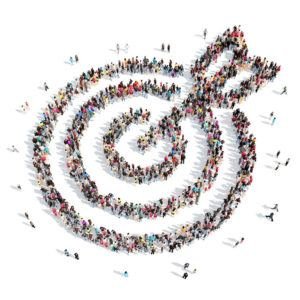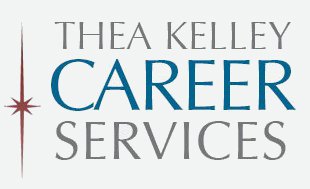 What’s a good number of LinkedIn connections, and how many should you have? The standard answer is “it depends,” but for most job seekers I think the answer is “lots.”
What’s a good number of LinkedIn connections, and how many should you have? The standard answer is “it depends,” but for most job seekers I think the answer is “lots.”
Is 100 connections on LinkedIn good? If what you’re looking for on LinkedIn is a way to network closely with a group of people you know, then a modest number like 100 might be ideal. But when you’re in job search you may have additional goals.
Why a job seeker might want lots of LinkedIn connections:
You want access to the right people, such as hiring managers and other insiders at companies you’d like to work for. The more LinkedIn connections you have, the more likely that you’ll be at least a second-degree (i.e., you know someone they know) or third-degree connection to that person. This makes it much more likely they’ll respond to a message from you.
So going for a large quantity of connections can be the first step towards the highest quality connections.
You want to be found and contacted by recruiters with suitable opportunities. The more connections you have, the more you’ll be found when recruiters are looking for people with your background.
It’s extremely common for recruiters to search LinkedIn for candidates to fill roles. There are many factors that can boost your profile in their search results. One of those factors is whether you’re connected to someone within their company. In fact, many recruiters filter their search resuts to only show candidates who have such a connection, on the theory that connected candidates are more likely to be serious about the opportunity. Number of connections is another factor (along with appropriate use of keywords, profile completeness, group memberships, recommendations and endorsements). Especially, get connected to lots of recruiters (who tend to welcome such requests). They often have huge networks, including many other recruiters.
As you build your network, you may be contacted about opportunities that aren’t a good fit. Yes, that’s the down side of having lots of connections; you’ll get more LinkedIn messages and notifications. But even if you have to click “No thanks” a few dozen times for every “Yes, tell me more” opportunity, isn’t it worth it? I think so.
You want to stay at “top of mind” with your network for word-of-mouth opportunities.
With a larger network you’ll also show up more often under “People Also Viewed” and “Recommended for You—People.” Also, your status updates and published posts are more likely to get views, shares and comments. All of which helps keep you visible and more likely to hear from somebody that “we have an opportunity I thought you’d be interested in.” Again, it’s free advertising (unless you’re paying for Premium, which is definitely optional).
Of course the more visible you are, the more you’ll want to make sure you have an appealing, effective profile.
How many LinkedIn connections should you have? And what do I mean by “lots”?
As a job search coach I’m often asked “How many LinkedIn connections should I have?” For most job seekers, a network of at least a few hundred seems like a good idea. Connect to everyone you personally know who’s on the platform, and then build from there.
Digital marketing guru Jeff Bullas has written that the average number of LinkedIn connections is 930, but I often coach people who have 500, or 100, or even fewer.
Some people call a LinkedIn member a “superconnector” if they have more than 1,000 connections; others say it takes 3,000+ to make someone a superconnector. The maximum number of connections anyone can have is 30,000.
The largest networks often belong to LIONs: LinkedIn Open Networkers, people who make it known that they’re willing to connect with anyone. I don’t generally advise my clients to become LIONs, since LIONhood has a somewhat controversial image, but connecting with them is a great way to get large numbers of second-degree connections fast.
Are there downsides to having a large network?
Aside from getting more messages and notifications (see above), you may find it harder to focus on developing each connection, at least within LinkedIn. However, you can always do that outside of LinkedIn. I recommend managing your job search contacts and tasks in a separate software like Jibberjobber. (And yes, there’s a free version.) There you can “tag” certain individuals in your network for special treatment. The only way you can do that in LinkedIn is to pay extra for LinkedIn Sales Navigator. (For answering my question about this I want to thank Wayne Breitbarth, a top LinkedIn expert. I recommend his excellent LinkedIn tips newsletter.)
How to get more LinkedIn connections:
If you’ve decided that a good number of connections on LinkedIn for you is “lots,” read my post about how to get plenty of connections. It’s really fairly easy to accumulate a large network to help power your job search and career goals. (This post was originally published in June 2019 and has been updated.)

